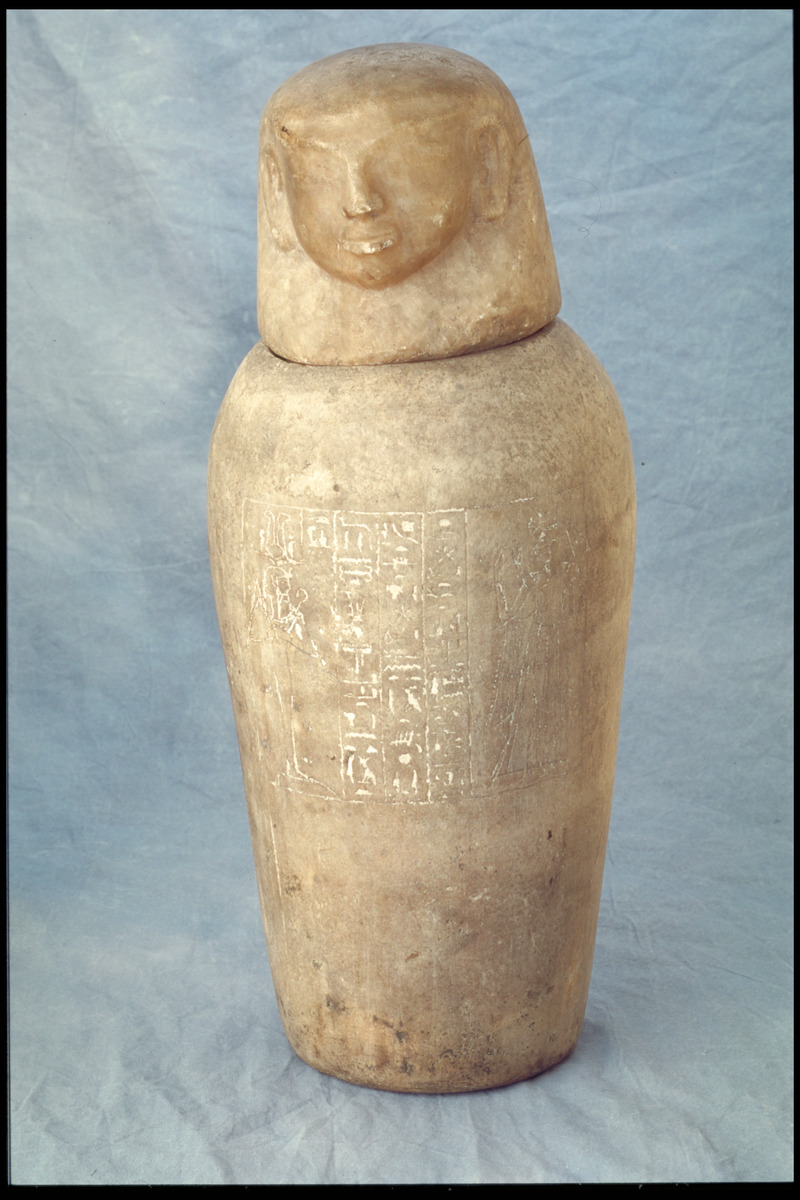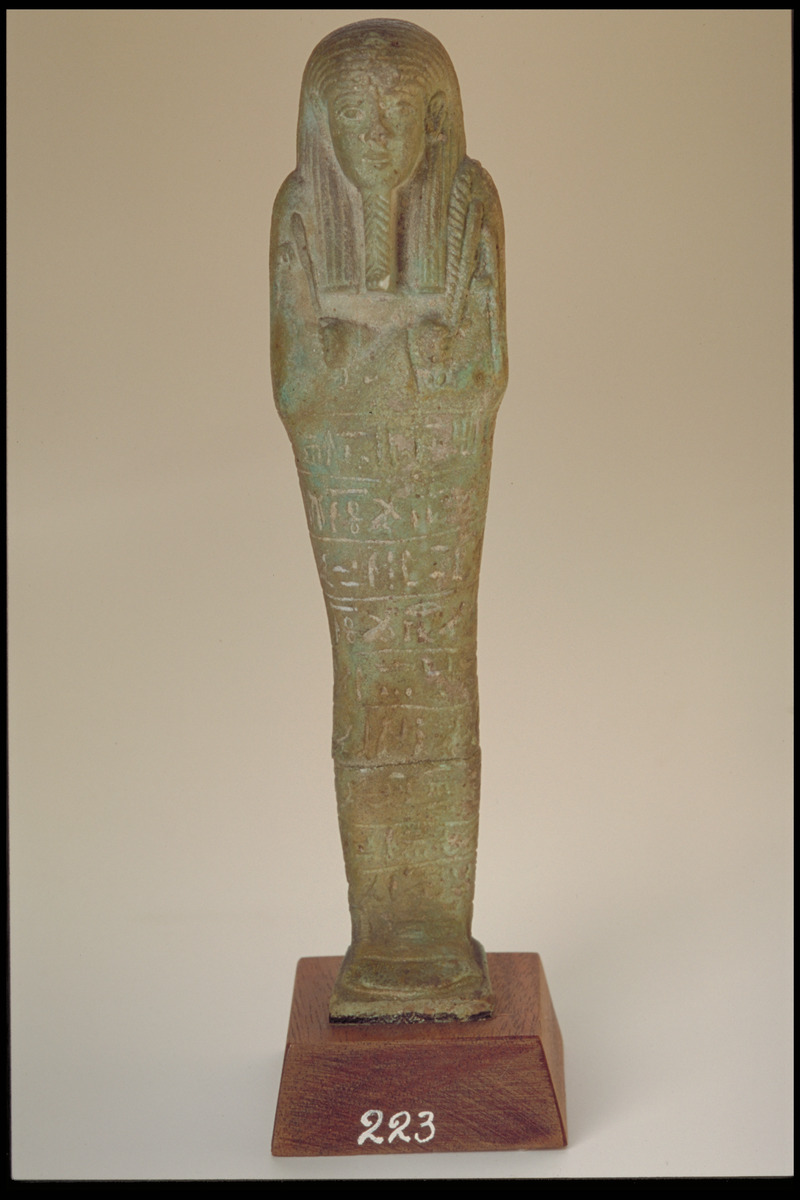Egyptian Collections

Members of staff at the University of Aberdeen have been active in archaeology since the early 19th century.
Egyptomania hit Europe following Napoleon’s Egyptian Campaign in 1799. The scholars and scientists he brought with him documented the Egyptian monuments more thoroughly than had been accomplished in the past. Egypt suddenly captured the imagination of the western world. Aberdonian scholars and archaeologists journeyed to Egypt and brought back excavated material that was later donated to the University.
While the ‘Golden Age’ of Egyptology continues to be romanticized in film and literature, and many excavations were conducted legally, grave-robbing and the illegal sale of Egyptian artefacts was and is a widespread problem. Much of the uncovered historical material was taken out of Egypt with little oversight by colonial powers.

![[Untitled] [Untitled]](https://exhibitions.abdn.ac.uk/university-collections/files/fullsize/737da51b30a51243beebddb125efb07f.jpg)
James Grant ABDUA:63605
Notable Contributors
James Grant, ‘Grant Bey’
Aberdeen graduate Dr. James Grant (Bey) (1840-1896) played a major role in the growing interest in Egypt. Grant was born in Methlick and graduated with a medical degree. He became a physician at the court of the Khedive of Egypt where he was given the title Bey. Although Grant’s intended purpose for traveling to Cairo was to practice medicine, his contributions to the study of ancient Egypt brought him an international reputation, with his substantial museum collection bequeathed to the university.
Robert Wilson
A medical graduate and a member of the East India TradingCompany, Robert Wilson (1787-1871) bequeathed over 200 Egyptian artefacts to the University including his travel journals covering his time in Egypt.
Other notable contributors include John Baird, 1st Viscount of Stonehaven (1847-1941), Colonel Henry Butchart (1882-19971) of the British Expeditionary Force, Sir Herbert Grierson (1866-1960), and Waynman Dixon (1844-1930).
Canopic Jar
When a person was mummified, their stomach, intestines, liver, and lungs were removed and placed in canopic jars such as this to preserve them for the afterlife. Usually present in groups of four, each jar contained specific organs and had a son of Horus depicted on the lid. This jar has the human faced Mestha, or Imsety, depicted on the lid and held the liver of Mut-nefert, a singer (priestess) of Amon.
Ushabti
As funerary objects, ushabti were placed in tombs to act as servants to the deceased in the afterlife. Some figures held farming implements, suggesting the type of work they would be doing. This ushabti is inscribed with the words “Pa-en-my, born of Ates”.
Papyrus with Hieratic Writing
Hieratic writing developed as a cursive script form of the hieroglyphic writing system. The cursive style lent itself more easily to writing in ink with a reed pen on papyrus than hieroglyphs and was used for all manner of documents. With the rise of demotic script around 660 BCE, hieratic fell out of popularity for secular writings but continued to be the preferred script for religious texts. The University collections contain over 100 fragments of papyrus including papers, relating to the liturgy of the Coptic Church.
Great Pyramid Diagram
Waynman Dixon was a British engineer who was employed in Egypt in 1872 to build a bridge over the Nile at Cairo. He was also interested in archaeology and undertook an excavation of part of the Great Pyramid of Khufu (called Cheops by the Greeks). These diagrams depict the excavation into the pyramid, including architectural sections of the ‘roof’ and show individual building stones. A fragment of wood he found in the Great Pyramid and which was later acquired by the university was recently radiocarbon to 3341-3094 BC.



![[Untitled] [Untitled]](https://exhibitions.abdn.ac.uk/university-collections/files/fullsize/64deb80fdaad07c031f58c04152f6658.jpg)
![[Untitled] [Untitled]](https://exhibitions.abdn.ac.uk/university-collections/files/fullsize/d53bd62fd4acf5e660cf75c6ce60b0e2.jpg)